10 Kid-Friendly Bedroom Furniture Design Ideas
10 Kid-Friendly Bedroom Furniture Design Ideas
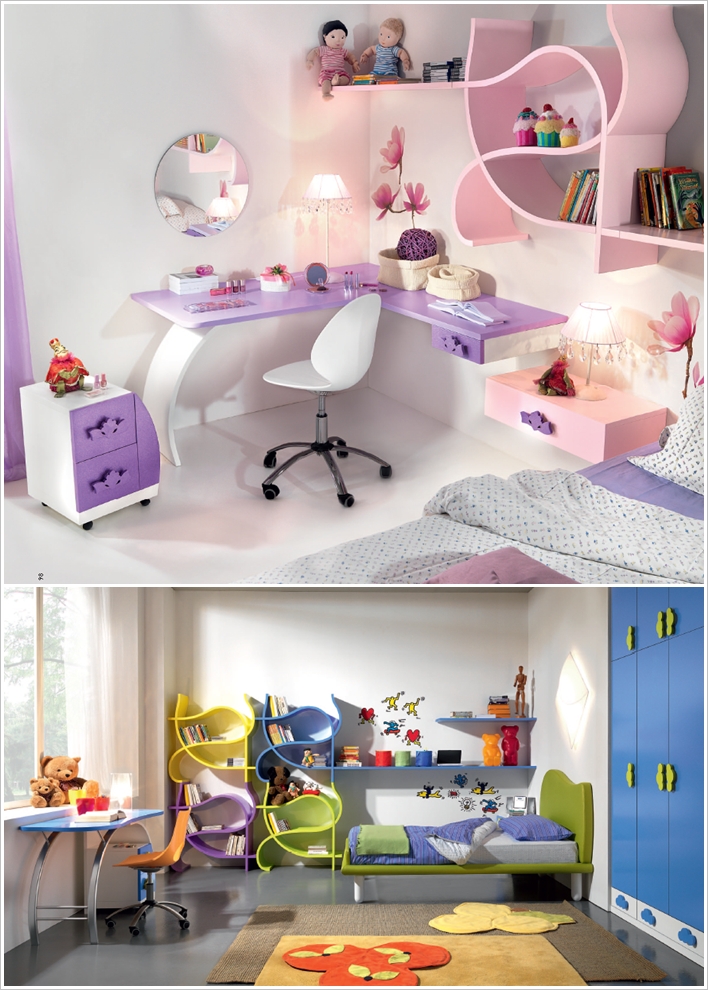
As a parent, you want to create a space that is both stylish and functional for your child. But with so many different kid-friendly bedroom furniture options on the market, it can be hard to know where to start.
That's why we've put together this list of 10 kid-friendly bedroom furniture design ideas. These ideas will help you create a space that is both comfortable and inviting for your child, while also keeping their safety in mind.
1. Choose Multi-Functional Furniture

One of the best ways to save space in a kid's bedroom is to choose multi-functional furniture. This type of furniture can serve multiple purposes, which frees up space for other activities.
For example, a bed that also has a built-in desk or dresser can be a great way to save space in a small bedroom. A bunk bed with a slide or a loft bed with a play space underneath can also be a fun and functional option.
2. Opt for Durable Materials

When choosing furniture for a kid's bedroom, it's important to choose durable materials that can withstand wear and tear. This means choosing materials that are scratch-resistant and easy to clean.
Wood, metal, and plastic are all good options for kid-friendly furniture. Avoid fabrics that are delicate or difficult to clean, as they will likely get damaged quickly.
3. Choose Furniture with Rounded Edges
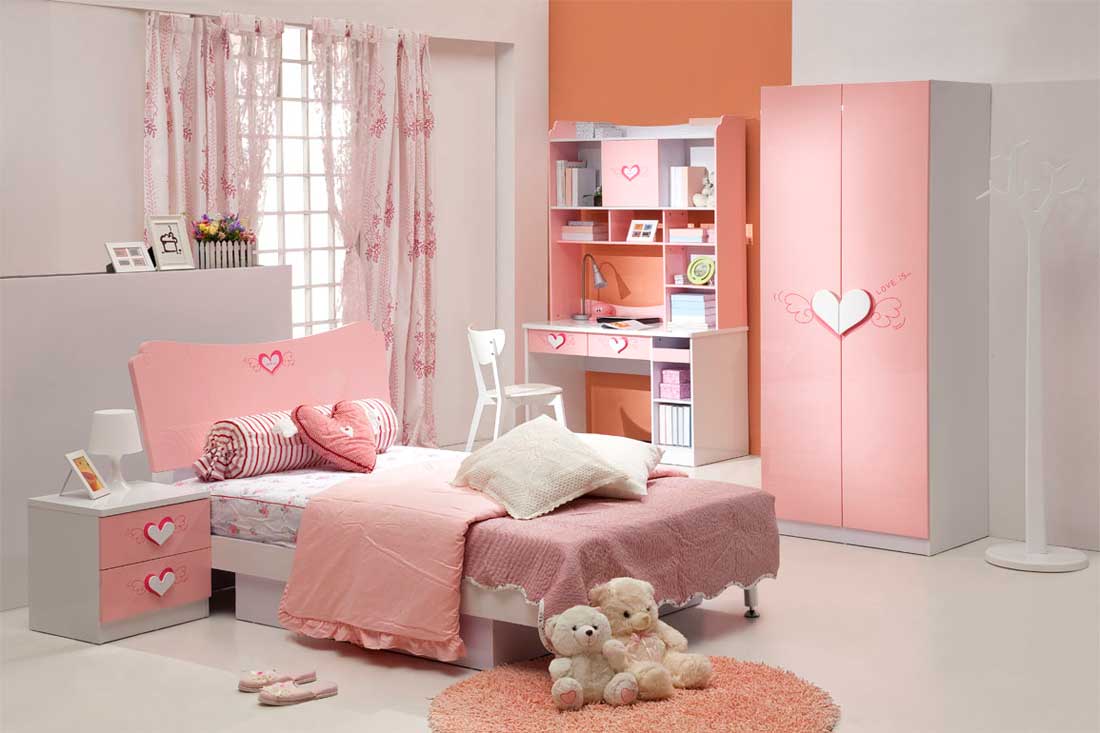
When choosing furniture for a kid's bedroom, it's important to choose pieces with rounded edges. This will help to prevent your child from getting hurt if they bump into the furniture.
Squared-off edges can be sharp and dangerous, so it's best to avoid them in a kid's bedroom.
4. Consider Your Child's Age
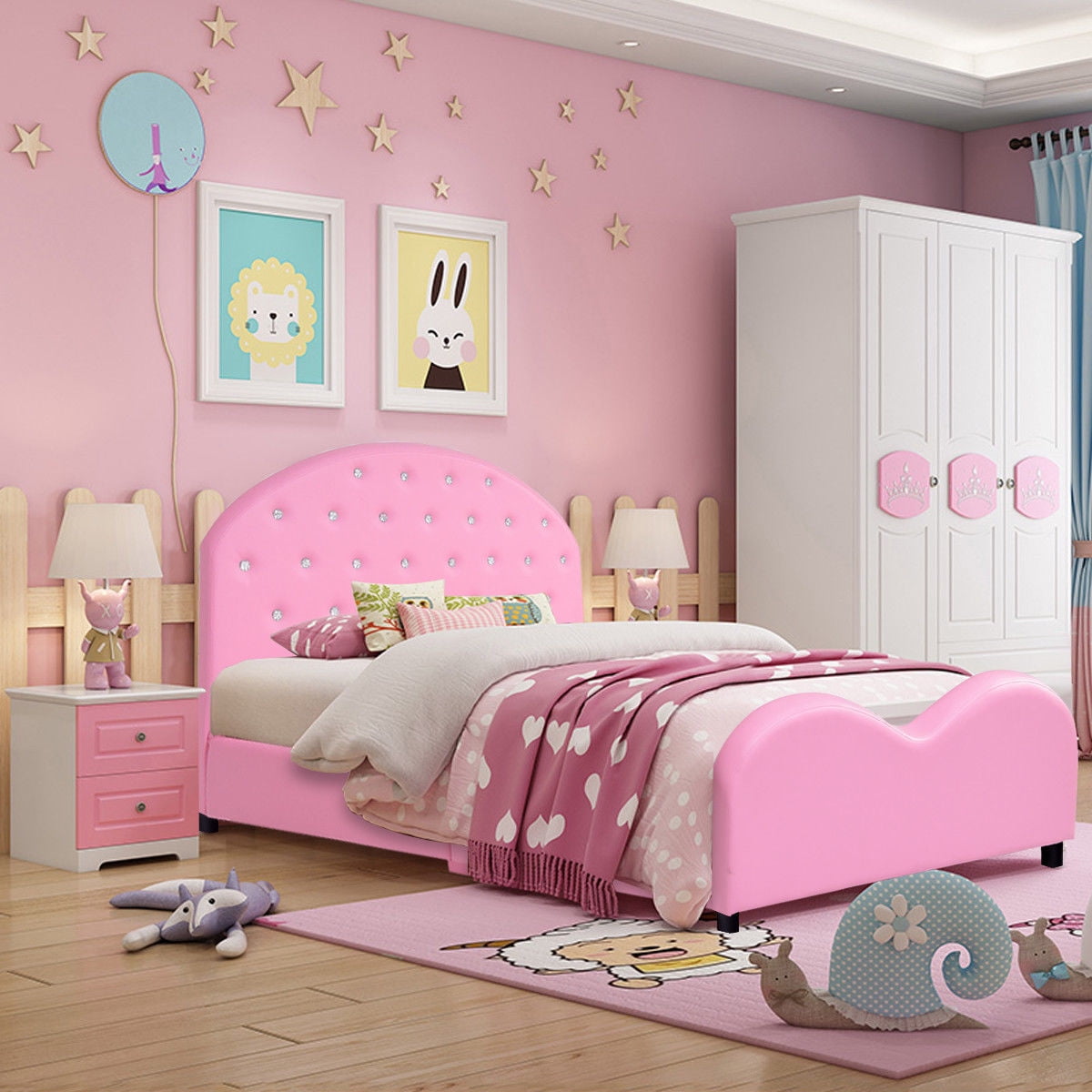
When choosing furniture for a kid's bedroom, it's important to consider your child's age. A toddler will need different furniture than a school-aged child.
For example, a toddler will need a crib or a toddler bed that is low to the ground. A school-aged child will need a bed that is higher off the ground, so they can easily get in and out of it.
5. Add Storage Space

Kids' bedrooms tend to get messy quickly, so it's important to have plenty of storage space. This will help to keep the room organized and free of clutter.
There are many different ways to add storage space to a kid's bedroom. You can use built-in cabinets, dressers, bookshelves, and toy boxes. You can also use under-bed storage containers or hanging organizers.
6. Choose a Color Scheme that is Kid-Friendly
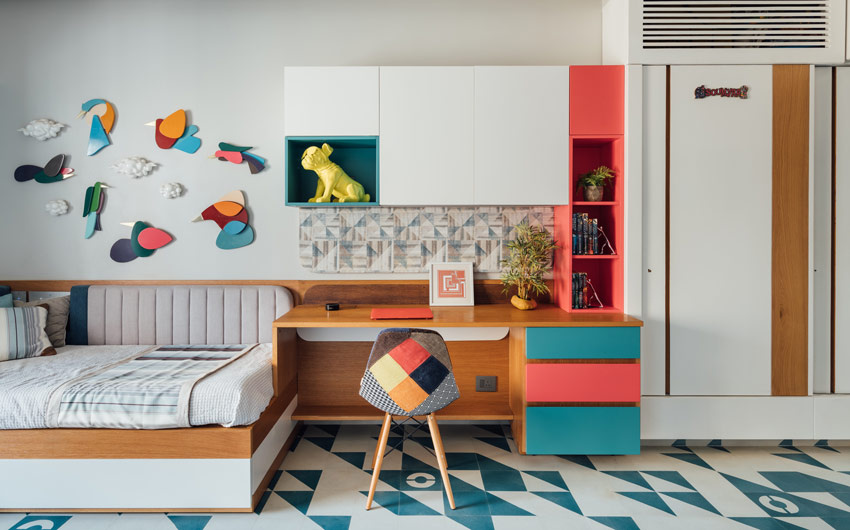
When choosing colors for a kid's bedroom, it's important to choose a color scheme that is kid-friendly. This means choosing bright, cheerful colors that will appeal to your child.
Some popular color choices for kid's bedrooms include blue, green, yellow, and pink. You can also mix and match different colors to create a unique and stylish space.
7. Add Personal Touches
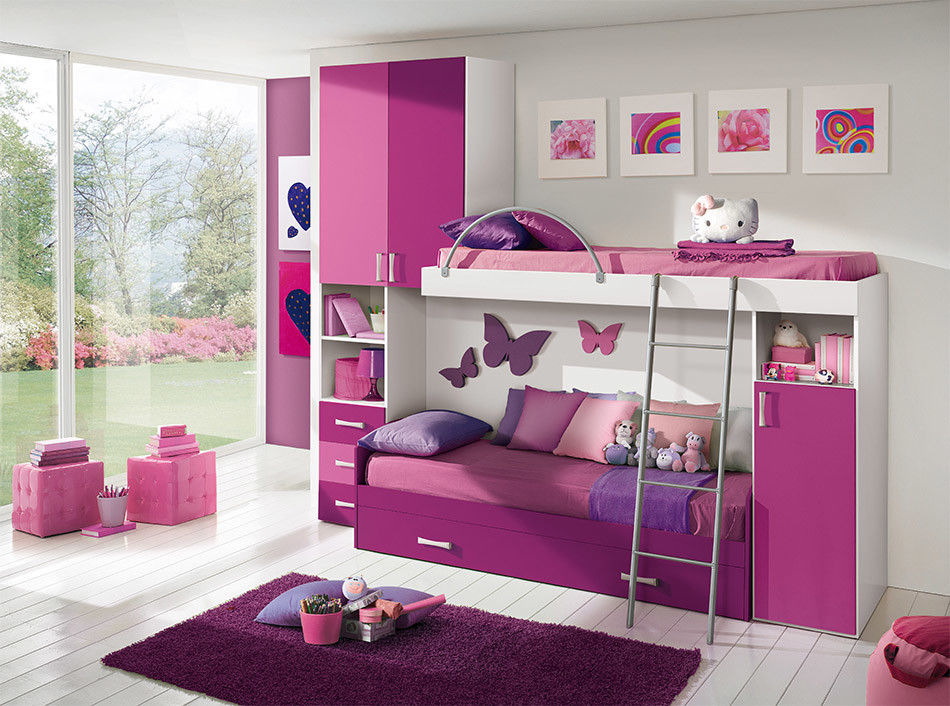
The best way to make a kid's bedroom feel personal is to add personal touches. This could include things like posters, pictures, or toys.
You can also let your child help you decorate their bedroom. This will give them a sense of ownership and make them more likely to enjoy spending time in their room.
8. Make Safety a Priority
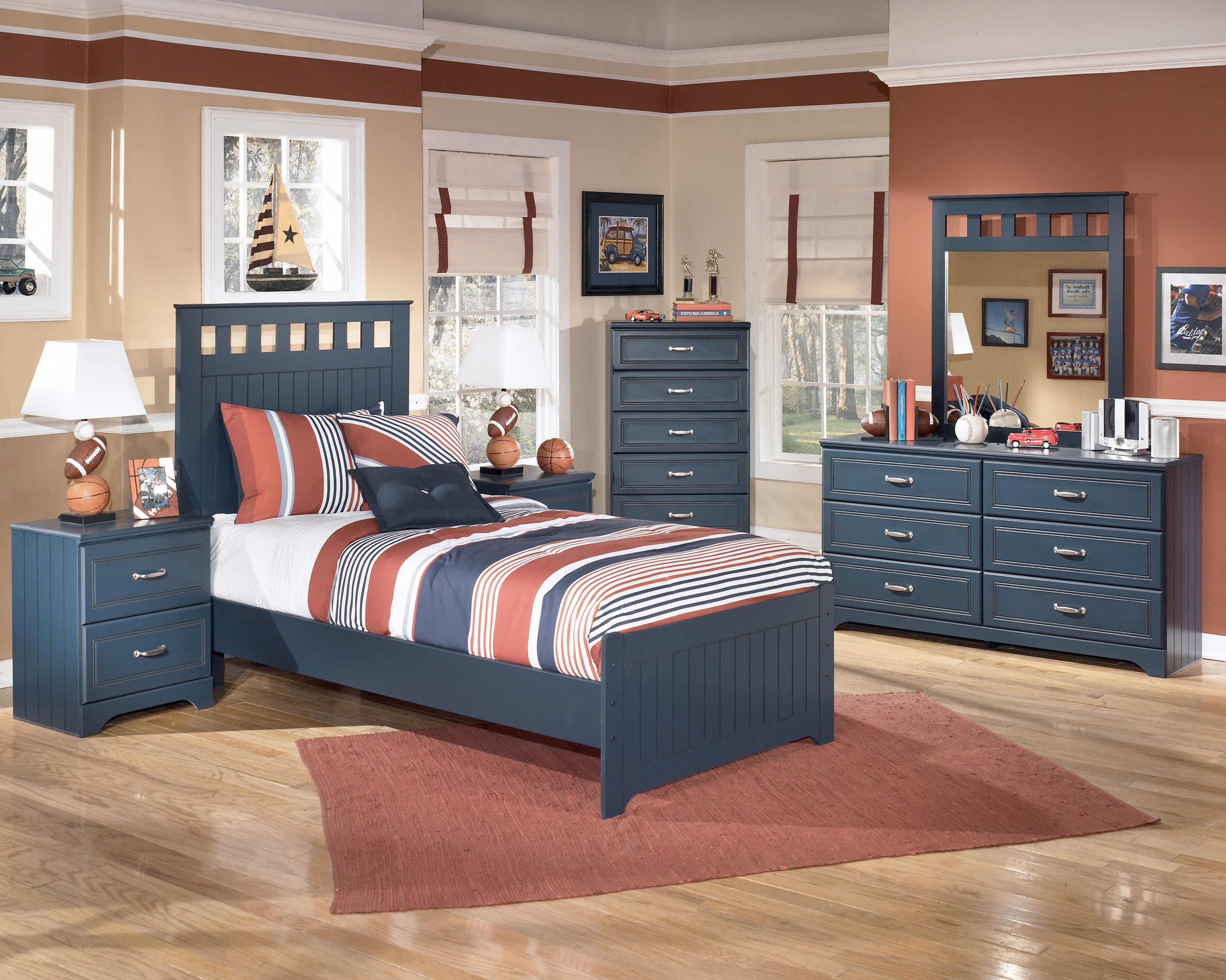
When designing a kid's bedroom, safety should always be a top priority. This means choosing furniture that is the right size for your child and that has no sharp edges.
It also means making sure that the room is free of hazards, such as electrical cords and small objects that could be a choking hazard.
9. Consider the Lighting
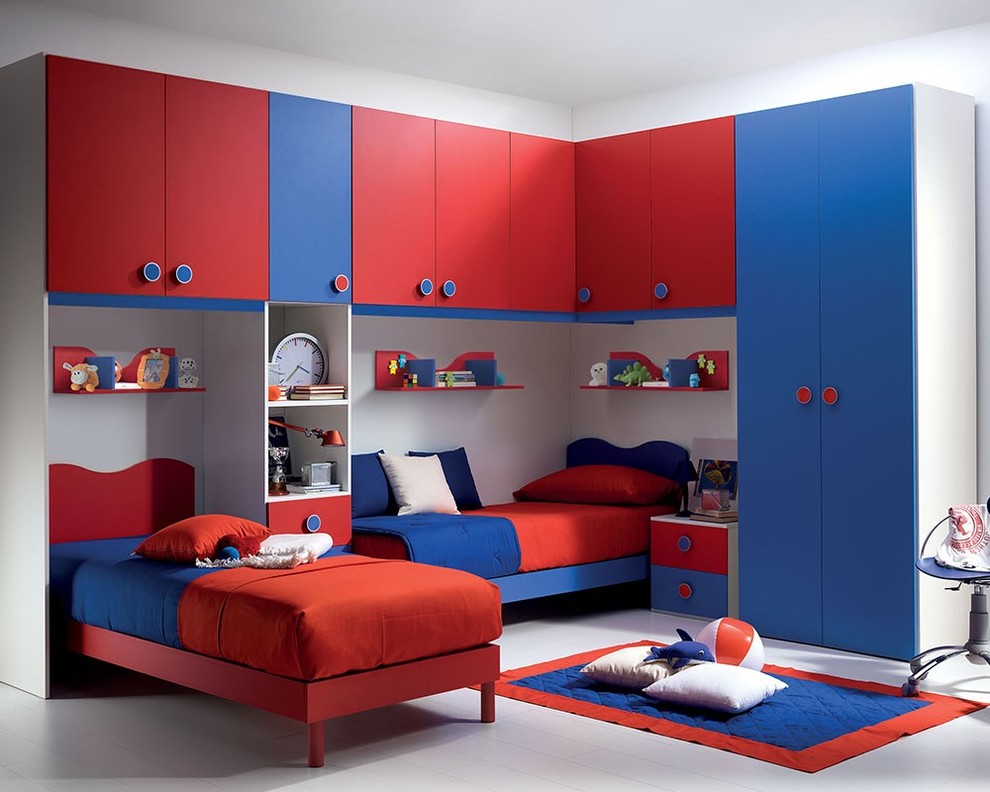
The lighting in a kid's bedroom is important for both safety and function. Make sure that the room has plenty of natural light during the day, and that there are also adequate light sources for nighttime.
You can use a combination of ceiling lights, table lamps, and floor lamps to create a well-lit space.
10. Use Wall Decor to Create a Fun and inviting Space


Wall decor is a great way to add personality to a kid's bedroom. You can use posters, pictures, or even paint to create a fun and inviting space.
Let your child help you choose the wall decor. This will make them feel more involved in the design process and make them more likely to enjoy their bedroom.
Conclusion
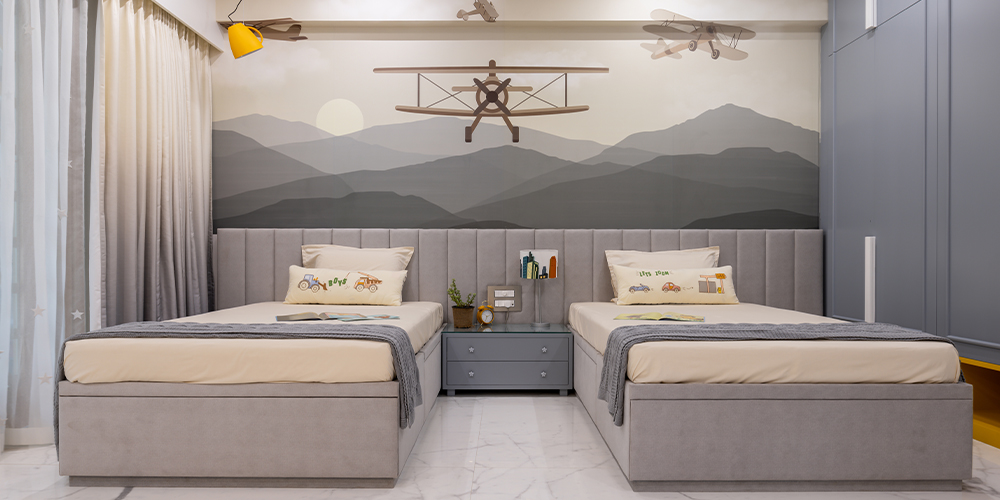
These are just a few of the

10 Tips for Designing a Kid-Friendly Bedroom
Every parent wants their child to have a safe, comfortable, and stylish bedroom. But with so many different things to consider, it can be hard to know where to start. That's why we've put together this list of 10 tips for designing a kid-friendly bedroom.
1. Consider the child's age and personality

The first step in designing a kid-friendly bedroom is to consider the child's age and personality. A toddler's bedroom will need different features than a teenager's bedroom. For example, a toddler will need a safe place to play, while a teenager will need a space to study and relax.
2. Choose a color scheme that's both bright and calming
The colors you choose for your child's bedroom can have a big impact on their mood. Bright colors can be stimulating and cheerful, while calming colors can promote relaxation. It's important to find a balance between the two so that your child has a space that's both fun and relaxing.

3. Add plenty of storage space
Kids have a lot of stuff, so it's important to make sure they have plenty of storage space in their bedroom. Built-in shelves, drawers, and closets are all great options for keeping toys, clothes, and other belongings organized.
4. Choose furniture that's durable and safe

When choosing furniture for your child's bedroom, durability and safety should be your top priorities. Look for furniture that's made from sturdy materials that can withstand wear and tear. It's also important to make sure that all furniture is the right size for your child and that there are no sharp edges or points that could cause injury.
5. Add a touch of fun
A child's bedroom shouldn't be all work and no play. Be sure to add a few fun elements to the space, such as a chalkboard wall, a beanbag chair, or a playhouse. These items will help your child to relax and have fun in their bedroom.

6. Make the most of the space
If you have a small bedroom, it's important to make the most of the space. Consider using bunk beds or loft beds to create extra sleeping space. You can also use wall-mounted shelves or drawers to free up floor space.
7. Incorporate your child's interests

A child's bedroom should be a reflection of their personality. Let your child help you choose colors, themes, and furniture that they love. This will help them to feel more at home in their own space.
8. Keep the room clean and tidy
A cluttered bedroom can be a breeding ground for germs and pests. It can also be a source of stress for your child. Make sure to keep the room clean and tidy on a regular basis. This will help your child to stay healthy and happy.

9. Make the room inviting
A child's bedroom should be a place where they can relax, play, and learn. Make the room inviting by adding personal touches, such as photos, posters, and toys. You can also create a cozy reading nook or play area.
10. Be patient and flexible


Your child's needs will change over time, so it's important to be patient and flexible with your design. As your child grows, you may need to change the colors, themes, and furniture in their bedroom. This is all part of the fun!
Kids Bedroom Furniture Design
When it comes to kids bedroom furniture design, there are a few things you need to keep in mind. First, you need to make sure that the furniture is safe and durable. Second, you need to make sure that the furniture fits your child's needs. Third, you need to make sure that the furniture complements the overall style of the bedroom.

Here are a few tips for choosing kids bedroom furniture:

- Choose furniture that is made from durable materials. This will help to ensure that the furniture lasts for years to come.
- Choose furniture that is the right size for your child. A toddler will need a different size bed than a teenager.
- Choose furniture that is easy to clean. This will make it easier to keep the bedroom clean and tidy.
- Choose furniture that complements the overall style of the bedroom. This will help to create a cohesive and stylish look.
Here are some specific examples of kids bedroom furniture that you might consider:


- Beds: There are a variety of different types of beds available for kids, including.



